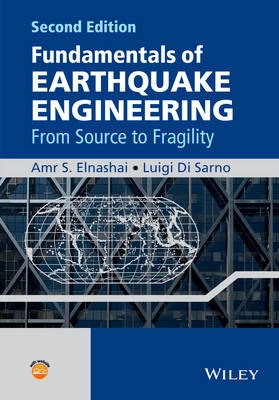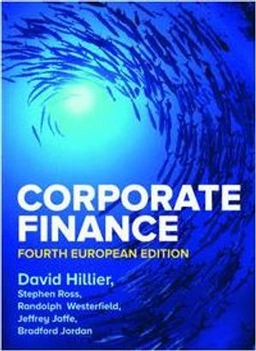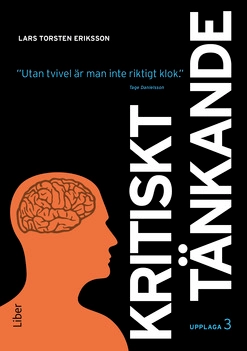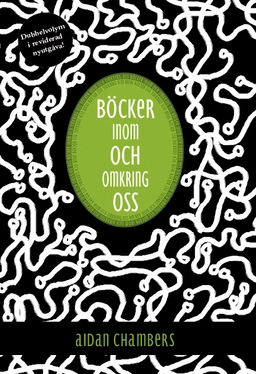It is an updated and expanded edition including new chapters on the cutting edge research areas of soil structure interaction (SSI) and fragility formulations. Earthquake Engineering: From Source to Fragility, 2nd Edition combines aspects of engineering seismology, structural and geotechnical earthquake engineering to assemble the vital components required for a deep understanding of response of structures to earthquake ground motion: from the seismic source to the evaluation of actions and deformation required for design. Basic concepts for accounting for the effects of soil-structure interaction effects in seismic design and assessment are covered in detail. Also included is material on the nature of earthquake sources and mechanisms, various methods for the characterization of earthquake input motion, effects of soil-structure interaction, damage observed in reconnaissance missions, modeling of structures for the purposes of response simulation, definition of performance limit states, fragility curve derivations, structural and architectural systems for optimal seismic response, and action and deformation quantities suitable for design. Earthquake Engineering: From Source to Fragility, 2nd Edition has been updated to include two new chapters. The first on soil structure interaction (SSI) illustrates the factors affecting the SSI and the effects of SSI on ground motion and comprehensively discusses the existing models for soil and foundation systems. The second new chapter deals with fragility formulations, a topic which is at the cutting-edge of modern seismic risk assessment. This book is accompanied by a website containing a comprehensive set of slides illustrating the chapters and appendices, as well as a set of problems with solutions and worked-through examples. It is an updated and expanded edition including new chapters on the cutting edge research areas of soil structure interaction (SSI) and fragility formulations. It combines aspects of engineering seismology, structural and geotechnical earthquake engineering to provide an understanding of the response of structures to earthquake ground motion; each chapter is written within the framework from source (of earthquakes) to societal consequences; and accompanied by a website hosting slides, problem sets with solutions and worked-through examples. This is a reference for practising structural engineers and architects, building code developers. Graduate students in earthquake, geotechnical and structural engineering departments.
Åtkomstkoder och digitalt tilläggsmaterial garanteras inte med begagnade böcker





















